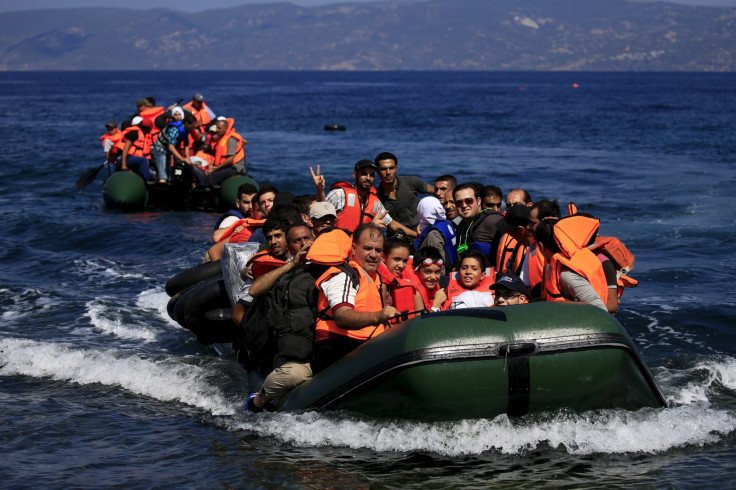EU migrant crisis: Major operation to rescue 3,000 migrants off the coast of Libya

Italy's coastguard was involved in an operation to save nearly 3,000 migrants off the Libyan coast after receiving SOS signals from 18 crowded vessels, Italy's state news agency Ansa reported. The rescue operation in the Mediterranean consisted of four boats and 14 rubber dinghies carrying an estimated total of between 2,000-3,000 people.
Over 104,000 migrants from Africa, the Middle East and South Asia have made it onto Italian soil so far this year after being rescued in the Mediterranean. An additional 135,000 have landed in Greece and more than 2,300 people have died at sea while trying to make it to Europe with the help of people smugglers.
Italian police in Palermo, on the island of Sicily, claim to have arrested six Egyptian nationals on suspicion of people smuggling following the rescue of a stricken boat on 19 August. The rescued migrants testified that vessel had been packed with more than 10 times the number of people it was designed for, with many of the 432 passengers, including a number of women and children, locked below deck.
Refugees paid for air
Each migrant had paid traffickers €2,000 (£1,451) for the journey from Egypt to Italy, according to AFP. Once on board, the crew allegedly demanded additional payments to allow those locked in the hold to come up temporarily for air.
The news comes as Matteo Salvini, the leader of anti-immigration party the Northern League, called on Italian authorities to dump migrants onto disused oil platforms in order not "disturb" Italians. "There are numerous ENI platforms in disuse in the sea and it would be a smart solution to turn them into centres of waiting, reception and identification so as no to disturb the surrounding population," ANSA.it reported him as saying.
Humanitarian organisations have blamed the surge in the numbers of people trying to reach Europe on conflicts or repression in east Africa and the Middle East. They have called on European governments to shoulder more of the burden of absorbing the wave of asylum seekers and to help create safer routes for them to reach Europe.
© Copyright IBTimes 2025. All rights reserved.



















